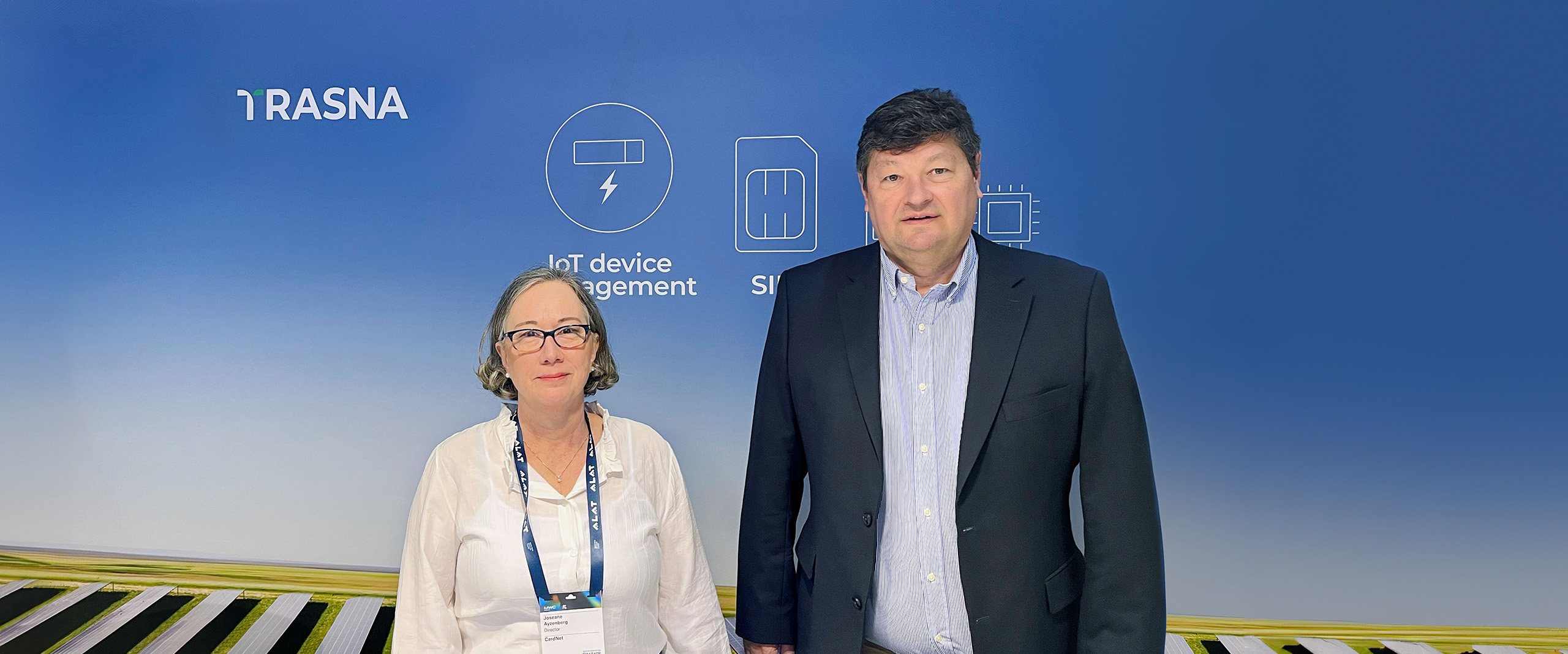What role should operators play in eSIM IoT?

With the rise of enterprise IoT, the role of mobile network operators (MNOs and MVNOs) is evolving. But as the telecom sector moves away from legacy M2M (machine-to-machine) models — designed for industrial use cases like smart meters, asset trackers, and remote sensors — and toward scalable eSIM infrastructure, it’s time to ask: What does operator leadership look like under the GSMA’s SGP.32 standard?
This article focuses on the enterprise IoT market and explores how operators, connectivity providers, OEMs, and enterprises alike can move beyond outdated M2M frameworks to lead the future of IoT connectivity, where agility, orchestration, and automation are key.
The operator opportunity under SGP.32
Legacy M2M (based on GSMA’s SGP.01/02 standards) was limited by centralised, push-only provisioning and static device behaviour. While MNOs had the infrastructure and technical expertise to manage these deployments at scale, the rigidity of the model made it unsuitable for the diverse and decentralised nature of modern IoT.
Today, operators must pivot toward the SGP.32 standard, which enables a more flexible, scalable framework for managing embedded IoT devices. According to GSMA Intelligence, this transition is now more important than ever as the number of global cellular IoT connections is expected to reach 5.2 billion by 2030, driven by sectors like energy, automotive, and smart infrastructure
Under SGP.32, operators are positioned to:
- Offer SM-DP+ and LPA-I infrastructure for secure, decentralised eSIM lifecycle management
- Orchestrate profile activation, switching, and retirement with minimal friction
- Deliver zero-touch provisioning and remote troubleshooting to support global deployments
Why operators are critical enablers of IoT
Cellular connectivity remains unmatched for delivering wide-area, reliable coverage, especially in mobility-based and infrastructure-heavy deployments. Operators already own the infrastructure that makes this possible, and now, under SGP.32, they have the tools to deliver value-added services that go beyond basic connectivity.
Juniper Research forecasts that enterprise IoT revenue will reach $348 billion by 2028. Operators can tap into this value by becoming more than bandwidth providers. They can evolve into full-service connectivity enablers with capabilities such as:
- SLA-backed uptime guarantees
- Remote diagnostics and firmware upgrades
- APIs for dynamic provisioning across enterprise systems
- Multi-tenant support for MVNOs, OEMs, and industrial clients
From subscription manager to strategic partner
Historically, operators have served as Subscription Managers (SM-DP/SM-DP+) and Secure Routers (SM-SR) under M2M. But with SGP.32, their role expands:
- Provisioning intelligence: Operators can now implement smart routing and automation logic that optimises network utilisation and reduces churn.
- Platform integration: By offering APIs, portals, and orchestration tools, operators can integrate directly into OEM and enterprise systems.
- Specialised IoT units: Some MNOs are already forming dedicated IoT business units that deliver vertical-specific offerings, from connected vehicles to smart infrastructure.
How Trasna supports operators
Trasna’s GSMA-certified eSIM IoT Cloud platform empowers operators to meet the demands of SGP.32-ready deployments through:
- Remote orchestration of eSIM profile provisioning
- Full lifecycle automation for embedded and headless devices
- Support for LPA-I, SM-DP+, and enterprise-grade multi-tenant models
Operators are no longer constrained to managing legacy M2M deployments. Under SGP.32, they are key orchestrators of the new IoT landscape. With eSIM adoption growing rapidly and IoT value creation accelerating, the time is now for operators to reassert themselves as infrastructure innovators, platform providers, and strategic partners.
Contact us today to explore how we can support your IoT strategy.






Details
The landscape of smart cities, utilities, security systems, and device manufacturing is rapidly evolving.
























